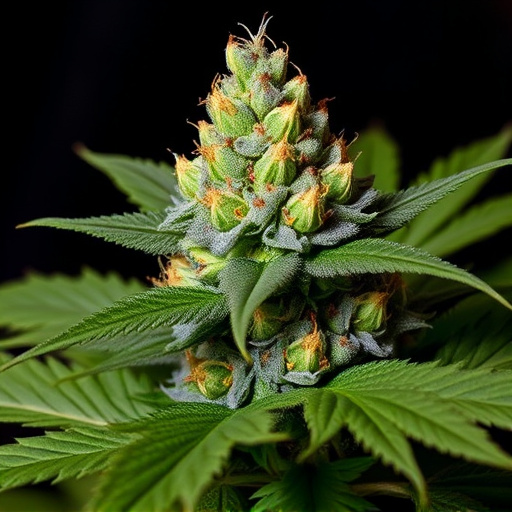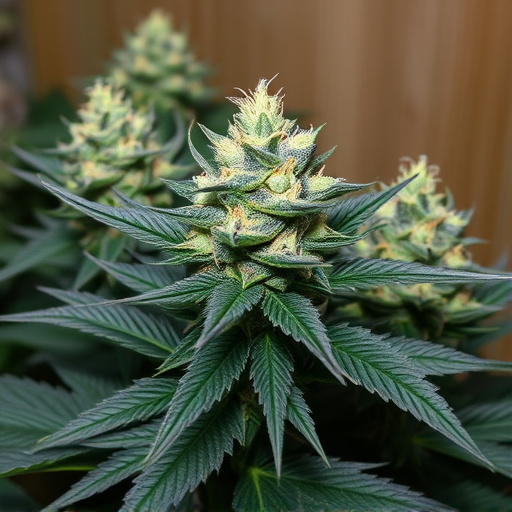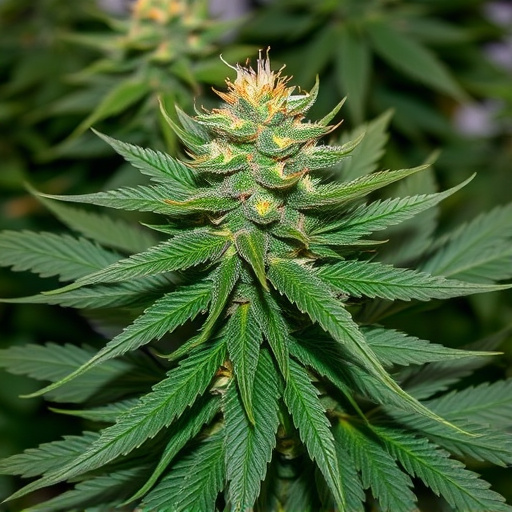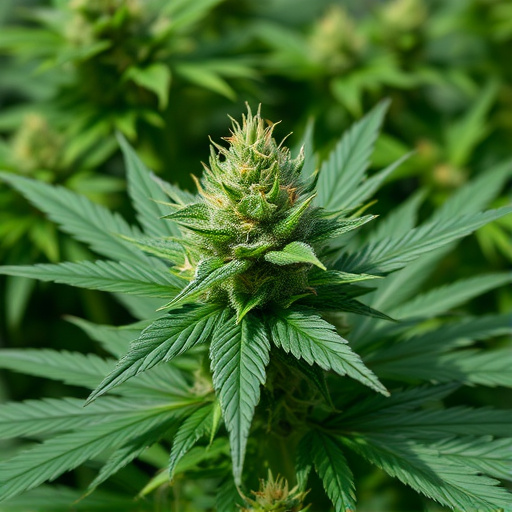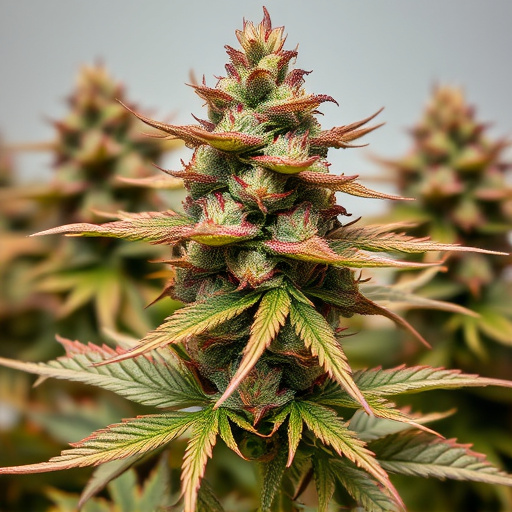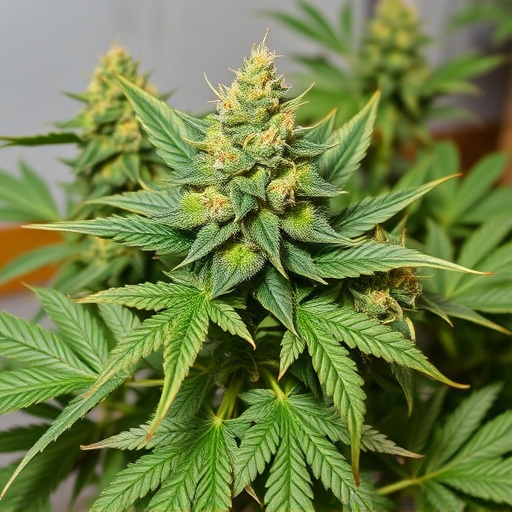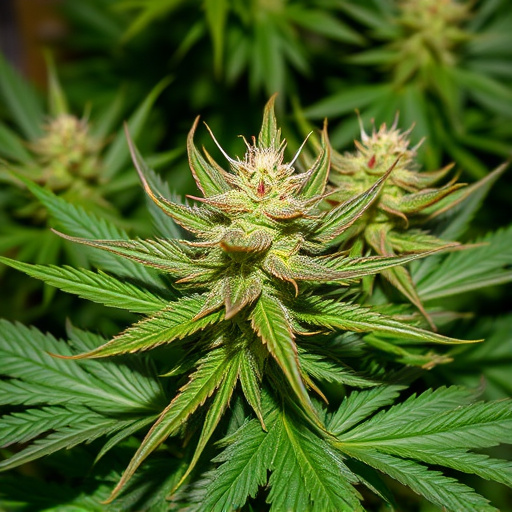The quality of old school cannabis strains is significantly shaped by environmental factors and cultivation practices. Soil nutrition, drainage, light, temperature, and outdoor growing conditions influence flavor profiles, terpene characteristics, and potency. Balanced fertilization and precise climate control help unlock the unique qualities of these classic varieties. Outdoor cultivation methods, increasingly popular, leverage natural elements to enhance terpene profiles and produce denser, more potent buds.
Explore the intricate dance between growing environments and the quality of your cannabis with this comprehensive guide. From the rich soil that nurtured classic old school cannabis strains to the meticulous control of light and temperature, every variable shapes the final product. Discover how these factors influence not just potency, but also flavour profiles that have made old school cannabis strains beloved by connoisseurs worldwide. Then, venture outdoors to learn about the unique benefits and challenges of cultivating these varieties in nature.
- The Impact of Soil and Nutrition on Old School Cannabis Strains
- Environmental Factors: Light and Temperature Control
- Beyond the Grow Room: Outdoor Cultivation and Its Influence
The Impact of Soil and Nutrition on Old School Cannabis Strains
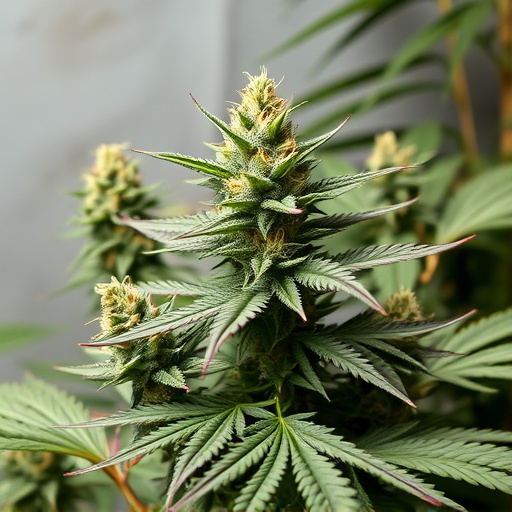
The quality of cannabis is deeply intertwined with the environment in which it grows, and this is especially true for old school cannabis strains. Soil plays a pivotal role in determining the flavor profile and potency of these classic varieties. Nutrient-rich, well-draining soil provides the ideal foundation for robust plant growth, enabling them to reach their full potential. Old school strains, known for their distinct terpene profiles and potent effects, rely on specific mineral content in the soil to develop these unique characteristics.
Nutrition is another critical aspect that influences the terroir of old school cannabis. These strains have evolved over time to adapt to various growing conditions, but they still require balanced macronutrients (nitrogen, phosphorus, and potassium) and micronutrients for optimal development. Adequate fertilization not only supports healthy growth but also enhances the synthesis of desirable compounds, contributing to the overall quality and appeal of old school cannabis strains.
Environmental Factors: Light and Temperature Control
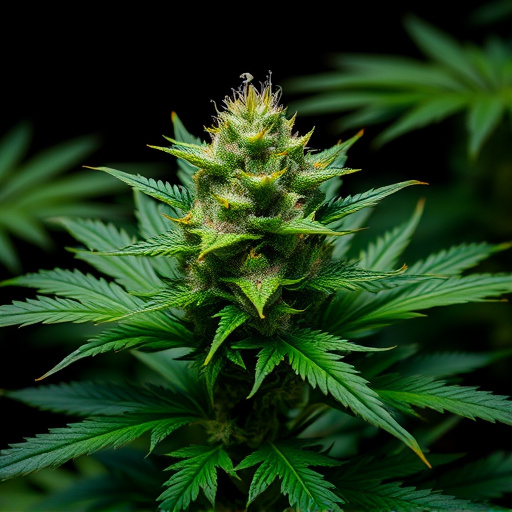
The quality of cannabis is greatly influenced by meticulous control over environmental factors, particularly light and temperature. For cultivators, understanding how these elements interact with various cannabis strains is essential, especially when nurturing old school cannabis varieties that have been cultivated for centuries. Natural sunlight plays a vital role in the plant’s growth cycle, dictating the time to bloom and harvest, ultimately shaping the concentration of cannabinoids and terpenes.
Temperature control is equally critical. Cannabis plants thrive within a narrow temperature range, typically between 65-85°F (18-29°C). Extreme temperatures can stress the plant, impacting its ability to produce high-quality buds. Advanced cultivation techniques employ LED lighting and climate control systems to mimic nature’s conditions precisely, ensuring that old school strains, known for their robust flavors and effects, reach their full potential.
Beyond the Grow Room: Outdoor Cultivation and Its Influence
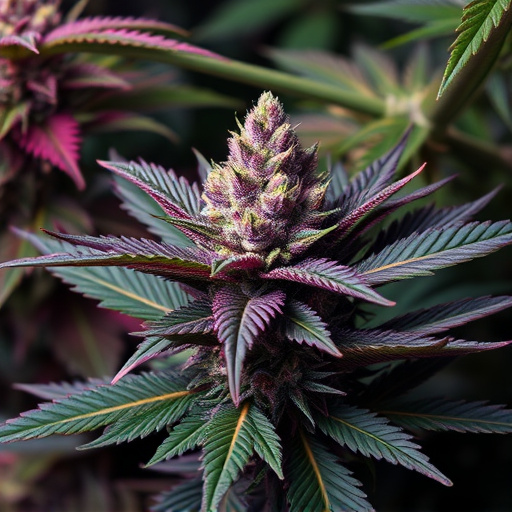
In the realm of cannabis cultivation, the traditional grow room has long been the go-to for consistent, controlled production. However, many enthusiasts and farmers are turning back to the roots with outdoor cultivation, a method that allows plants to thrive in their natural environment. This approach, often referred to as “old school cannabis strains,” offers unique advantages that can significantly impact the final product’s quality.
Outdoor growing exposes cannabis plants to genuine sunlight cycles, fresh air, and diverse soil conditions. These factors contribute to enhanced terpene profiles and more complex flavors, which are highly valued by consumers. Additionally, outdoor-grown plants tend to develop denser, heavier buds due to the natural elements encouraging a stronger concentration of cannabinoids and terpenes. This method also promotes better overall health in the plants, leading to a more robust and resilient cannabis variety that can withstand various environmental challenges.
In conclusion, the quality of cannabis is profoundly influenced by its growing environment. From the rich nutrients in soil and careful light-temperature regulation within grow rooms, to the natural elements experienced during outdoor cultivation, each factor plays a vital role in shaping the characteristics of old school cannabis strains. Understanding these environmental impacts is key to ensuring consistent, high-quality cannabis production, whether cultivated indoors or out.

